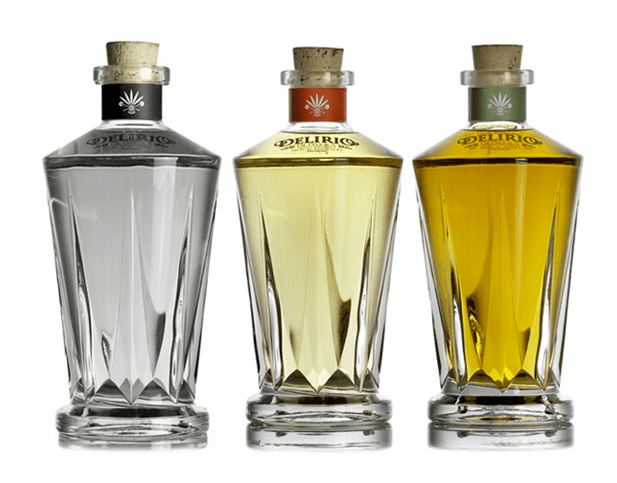
In order to learn more about the spirit, we sat down with Jay Schroeder of Mezcaleria las Flores in Chicago.
So, let’s start from the beginning. What is mescal and what is it made from?
When it comes to agave spirits, it turns out that ended up with the best source material that there is. A family of plants called agave that grows in Mexico—they’re not cacti, however they do keep close quarters with cacti.
Most every other spirit comes from a very simple source of starch and sugar, like sugar cane, for example. Agaves are incredibly complex and that’s because of where they come from. They live in awful, arid environments. The nights are really cold and the days are really hot. Agaves over thousands of years have gained genetic complexity to put up with the environment and so they’ve made a lot of things that produce a lot of interesting flavors basically.
Next, we need to ferment something in order to make alcohol. This is where tequila and mescal diverge. They take two very different paths. One of which is a very clean, very clinical, very much marketed toward a world palate—and that’s tequila. On the other hand, you have mescal being made in a variety of rustic locations all over mexico. There is a long fermentation time with mescal. Sometimes they’ll let it ferment five, ten, upwards of fifteen days, depending on where you’re producing. What you get is, effectively, a spirit made from a sour beer. You’ve got funky flavors, tartness, you’ve got all these different flavors going on and that’s the pathway most mezcales go and why it’s so different than tequila.
What about the aging process once it has been distilled?
For the most part, quality mezcales are not aged—they’re akin to blanco tequilas. There are some people that do reposado or añejo mescales, and they’ll do it just as you would tequila.
Alright, now that we’ve got the basics, how long has mezcal been a spirit that’s been consumed?
That’s a very hotly-debated subject. The long and the short of it is do you believe the indigenous peoples of Mexico knew how to distill before the Europeans came? That’s the polemical question. I think no. I think they had been working with agave, fermenting it and making pulque—basically agave beer—but you produce that in a little bit of a different way. Given that, I’d say three to four hundred years.
I have to ask. What about the worm thing?
The worm thing, I’d say, started as a marketing gimmick. That being said, the gusanos are an important part of Mexican culture. If it’s gusano season, your host will offer you some. People will sit around and chow down on them when they’re available. It’s really beholden to the culture and something people get really excited about.
Finally, how is mezcal best served?
This is a two-part answer. If you’re trying mezcal for the first time, as a best practice mezcal is best served on its own. But beyond that, honestly it’s best consumed however you enjoy consuming it.
About Jay Schroeder: One of Chicago’s preeminent authorities on Mexican spirits after serving as Chief Mixologist and Bar Director for Chef Rick Bayless’s namesake hospitality group, Jay Schroeder summons his unique bar vision in partnering with Chef/Owner Sarah Jordan of Johnny’s Grill to launch Mezcaleria Las Flores. Constantly pushing his knowledge of interesting flavor combinations and balanced spirit-driven cocktails, Schroeder has since become a force in Chicago’s mixology scene, was named to Zagat’s inaugural “30 Under 30” in 2012, and was one of the last four standing at Red Eye’s “Best Bartender” competition in 2012.



